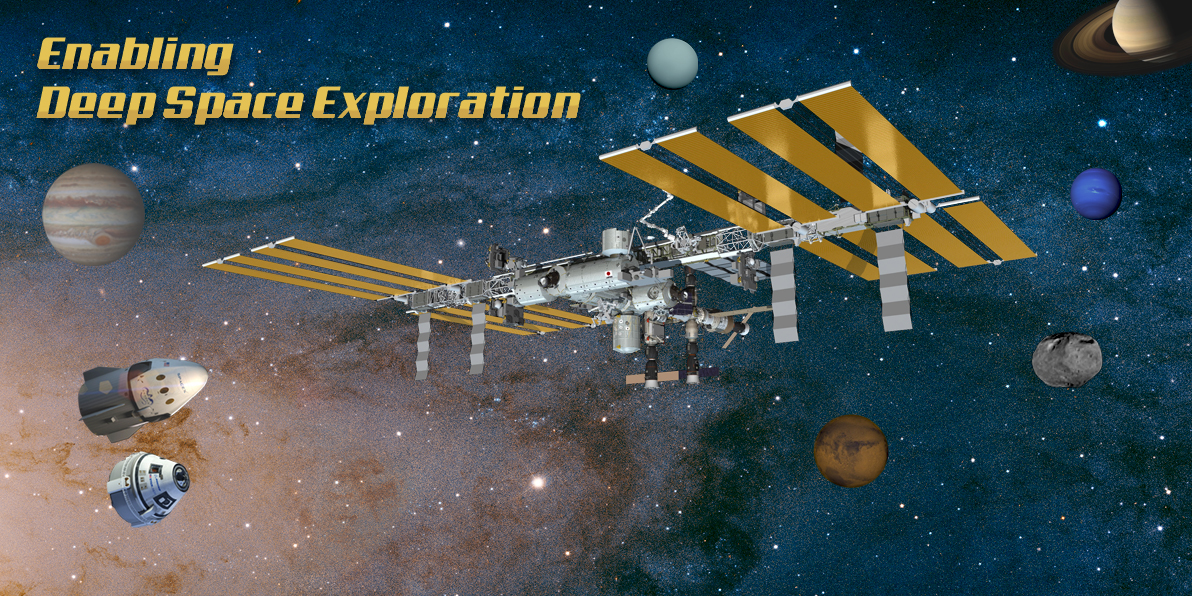The spacecraft, rockets and associated systems in development for NASA’s Commercial Crew Program are critical links in the agency’s chain to send astronauts safely to and from the Red Planet in the future, even though the commercial vehicles won’t venture to Mars themselves. The key is reliable access to the International Space Station as a test bed.
Changes to the human body during long-duration spaceflight are significant challenges to solve ahead of a mission to Mars and back. The space station allows NASA to perform long duration missions without leaving Earth’s orbit.
Although they are orbiting Earth, space station astronauts spend months at a time in near-zero gravity, which allows scientists to study several physiological changes and test potential solutions. The more time they spend in space, the more helpful the station crew members can be to those on Earth assembling the plans to go to Mars.
This is where the Commercial Crew Program comes in. The two spacecraft and launch systems being built by Boeing and SpaceX will carry up to four astronauts to the station at a time for NASA missions. That is enough to add one more full-time resident to the station’s existing six-person crew. With seven people working on the station, the time available for research nearly doubles, meaning scientists researching aspects of Mars mission will have much greater opportunities to refine their experiments and define potential solutions.
“The teams are making tremendous progression in human exploration. The Commercial Crew Program and International Space Station are critical to our deep space exploration activity,” said William Gerstenmaier, associate administrator for the agency’s Human Exploration and Operations Mission Directorate. “The commercial crew spacecraft will enable more research aboard the nation’s orbiting laboratory, which can lead to breakthroughs that benefit everyone on Earth and help future astronauts on long distance missions. Simultaneously, teams across the country are designing, developing and proving real hardware for the Orion spacecraft and Space Launch System rocket for deep space exploration.”
How much muscle mass will crew members have when they step onto the Martian soil after a months-long trip in space? Are there some plants astronauts can grow in orbit that will help ensure proper nutrition on the way to Mars or on the surface?
“Research time on the station is invaluable for the scientific community,” said Gioia Massa, NASA payload scientist for the Veggie system, an experiment to grow plants aboard the station. “The International Space Station is the only place we have to answer questions about plant and ecosystem responses to microgravity, which are critical for future deep-space exploration missions with humans. We will never be able to survive off Earth for long durations without understanding the complicated impacts of gravity on living organisms, which include both us and our food.”



























